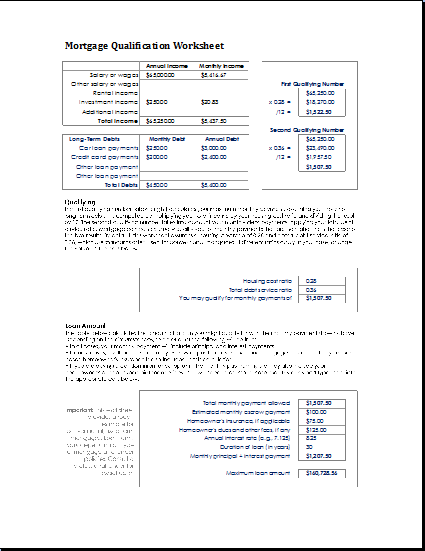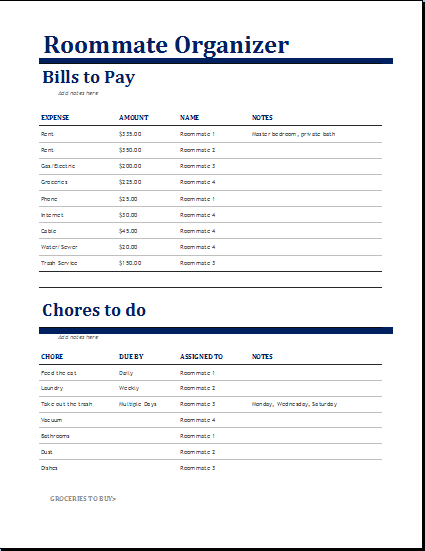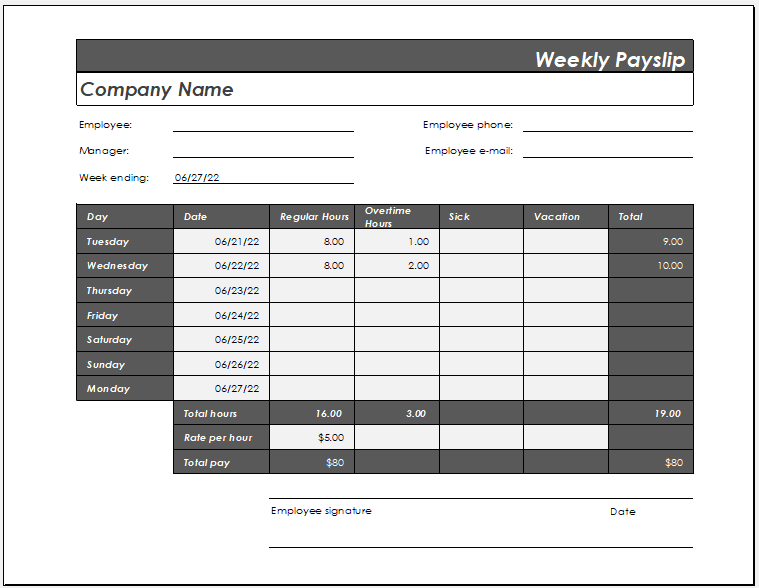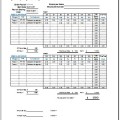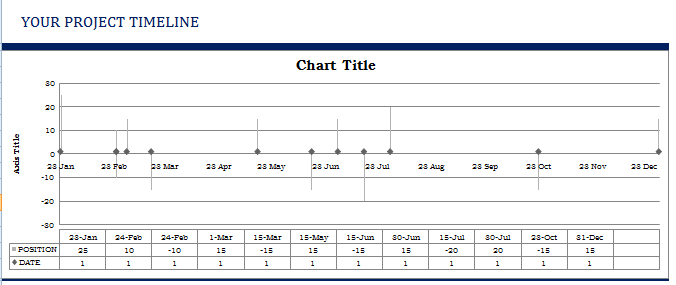The Scope of Work (SOW) is a document used by businesses and organizations to provide a clear and succinct explanation of the work that will be completed for a particular project. The document will act as a reference for both the client and the service provider, to ensure that the expectations and deliverables of the project are understood and agreed upon.
Contents of the document
Following are the contents and their significance concerning the Scope of Work (SOW) document:
Introduction and layout
- Project Title: This includes the title of the project being worked on.
- Project Overview: A synopsis of the project’s goals, objectives, and purpose. This may also include any important background information or context required for understanding the project.
- Deliverables: A thorough breakdown of the precise deliverables to the client by the service provider. This should contain both tangible assets like reports, records, and software, as well as intangible items like training, assistance, and consultancy. The information should be explicit, with any relevant parameters such as format, duration, or deadline included.
- Project Timeline: The project’s timetable, includes the start and conclusion dates, as well as any key milestones or deadlines. A simple and concise description of the project timetable.
- Budget: An overview of the project budget, including any pertinent information such as funding amount, budget breakdown, and any constraints or limitations.
Responsibilities and quality assurance
- Responsibilities: A full overview of each project participant’s responsibilities. The client, the service provider, and any other stakeholders should be included. A clear plan outlining who oversees what, as well as any pertinent specifics such as decision-making power, communication channels, and reporting requirements.
- Quality Assurance: A description of the quality assurance procedure that will be used to guarantee that the deliverables meet the requirements. Include any pertinent information, such as testing processes, feedback channels, and reporting needs. To guarantee a smooth process, all stakeholders should be involved.
- Communications Plan: A description of the project’s communications plan, including how the information will be exchanged, who will be responsible for conveying updates, and how frequently communication will occur. The communication approach should be outlined simply and concisely.
- Risk Management: Information about the risk management process and the risk analysis tools that will be utilized to identify and minimize potential risks and problems. Include any pertinent information, such as risk identification, evaluation, and mitigation methods.
- Conclusion: A summary of the major features of the Scope of Work, such as project objectives, deliverables, timeframe, budget, and responsibilities. This should also underline the necessity of clear and effective communication and the need for both sides to collaborate to ensure the project’s success.
Significance of the document
The significance of a scope of work template is its capability to bring structure and clarity to a project. It can help to clarify and outline project expectations, such as project goals, deliverables, timetable, and budget. This helps to ensure that all stakeholders understand what is expected of the project. It also serves as a shared point of reference for all stakeholders, allowing team members and other stakeholders to communicate and collaborate more effectively.
The document assists project managers in identifying and managing any risks that may occur during the project lifecycle by precisely specifying the project scope and deliverables. It also aids businesses in tracking the project’s progress, monitoring task completion, and verifying that the project remains on track and within budget.
Another key feature is that by avoiding uncertainty and ambiguity and ensuring that everyone is working towards the same goals, a well-defined scope of work template can assist to increase project efficiency.
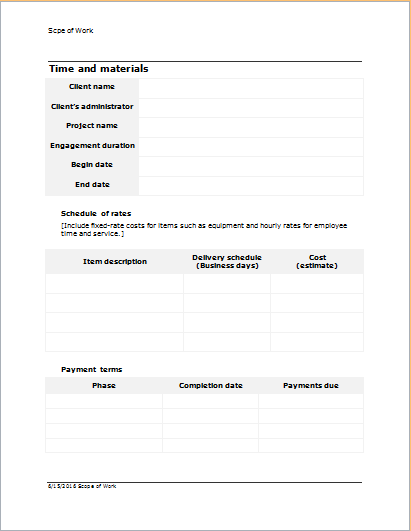
Template File 89 KB
